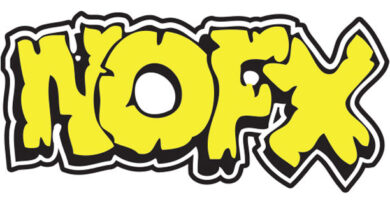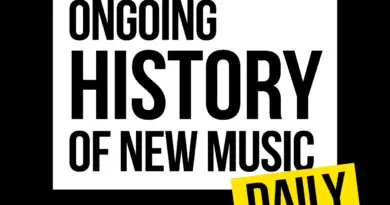
Confused about NFTs and what they have to do with music? Here’s what you need to know.
[This was my weekly column for GlobalNews.ca. – AC]
Browsing through music stories from the last week, you may have seen that Grimes, the Vancouver-born musician and partner of Elon Musk, made US$6 million through selling NFTs.
And you might have wondered, “Is this some new financial instrument like an RRSP or TFSA?” Then you might have discovered that NFT stands for “non-fungible tokens” — which didn’t make anything more clear.
But NFTs are officially a thing, now, including within the music world.
A “non-fungible token” is a one-of-a-kind virtual asset. It’s a unique thing that cannot be replaced with anything else.
Let’s say you owned the original Mona Lisa by Da Vinci. You could trade the painting for something else, but whatever you got back in return wouldn’t be the Mona Lisa because only one exists. This makes it non-fungible.
NFTs originated with Ethereum, one of the cryptocurrencies, which has the capacity to store NFTs as part of its blockchain. (For a tutorial on that, go here.)
I know I just lost you, but stay with me.
These unique and rare items, known as “tokens,” are regarded as valuable assets as they cannot be duplicated. They’re every bit as real as the Mona Lisa but only exist in the digital realm and are protected by the Etherium blockchain. (Other cryptocurrencies also offer NFTs, but let’s not make this any more complicated than we have to. Suffice-to-say that say NFTs on other blockchains work more-or-less the same way.)
What’s interesting is that NFTs can take on all kinds of different forms, including images, film and video clips, some kind of animation, and music.
Keep reading. As a music fan, you need to know this.



